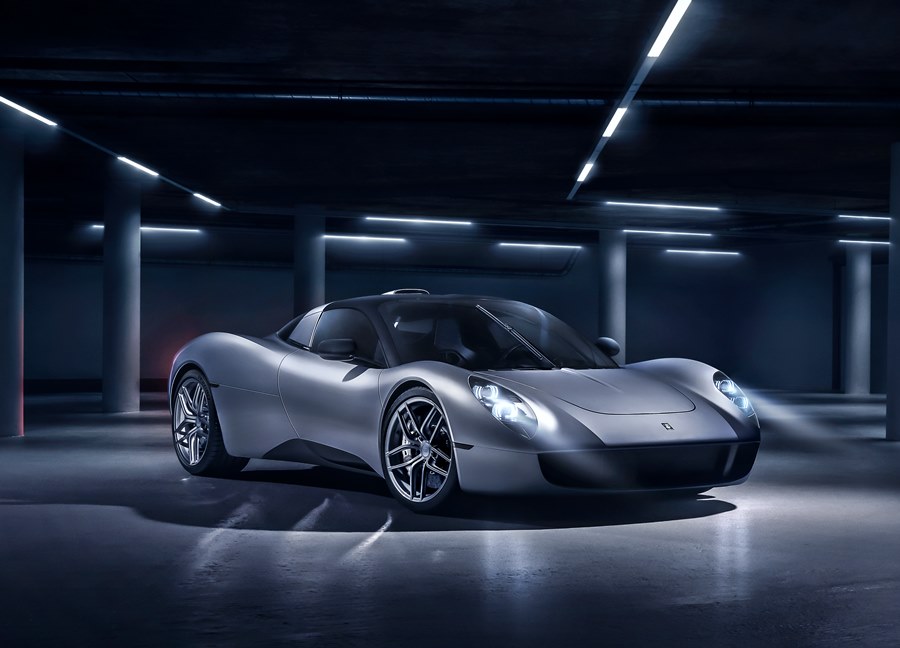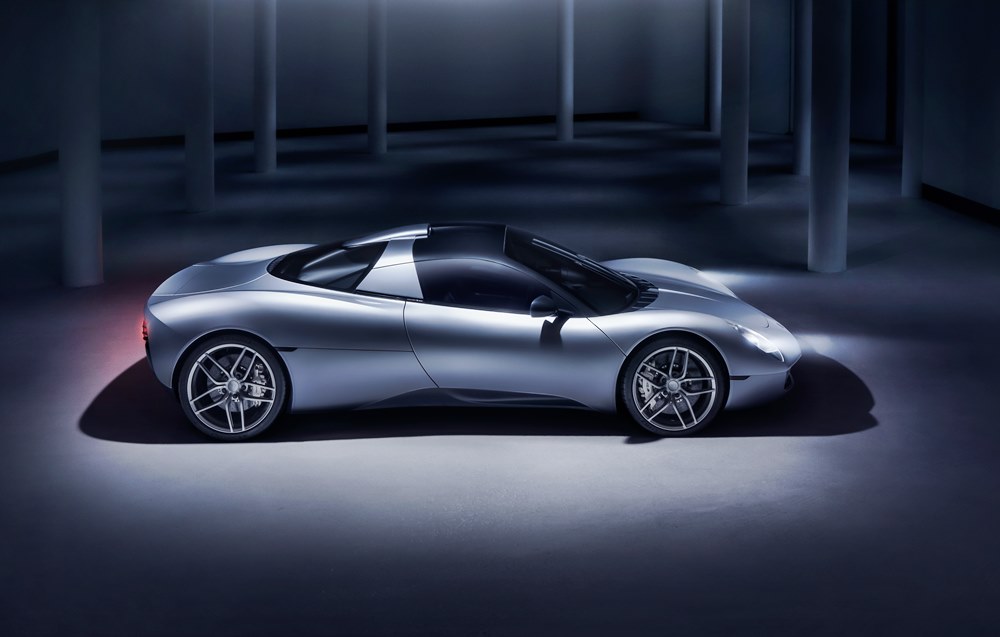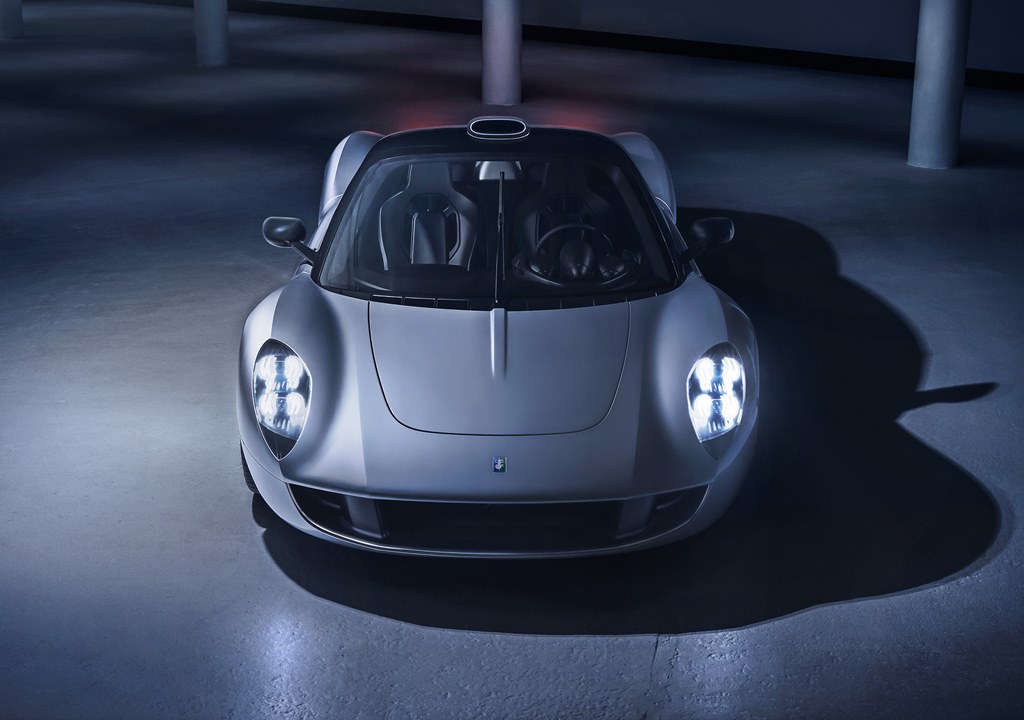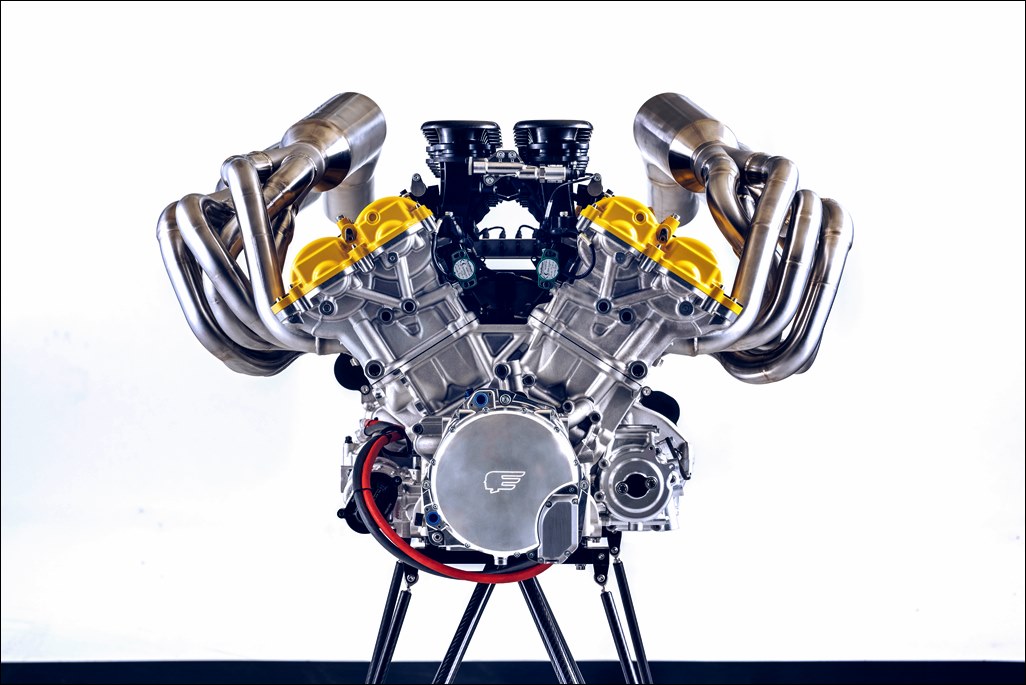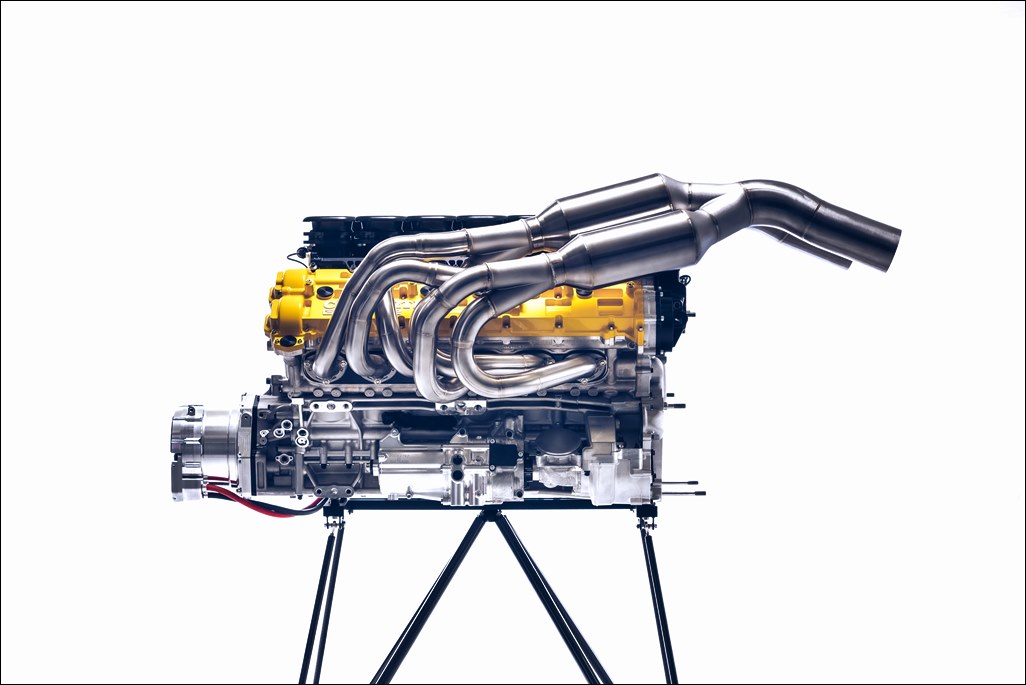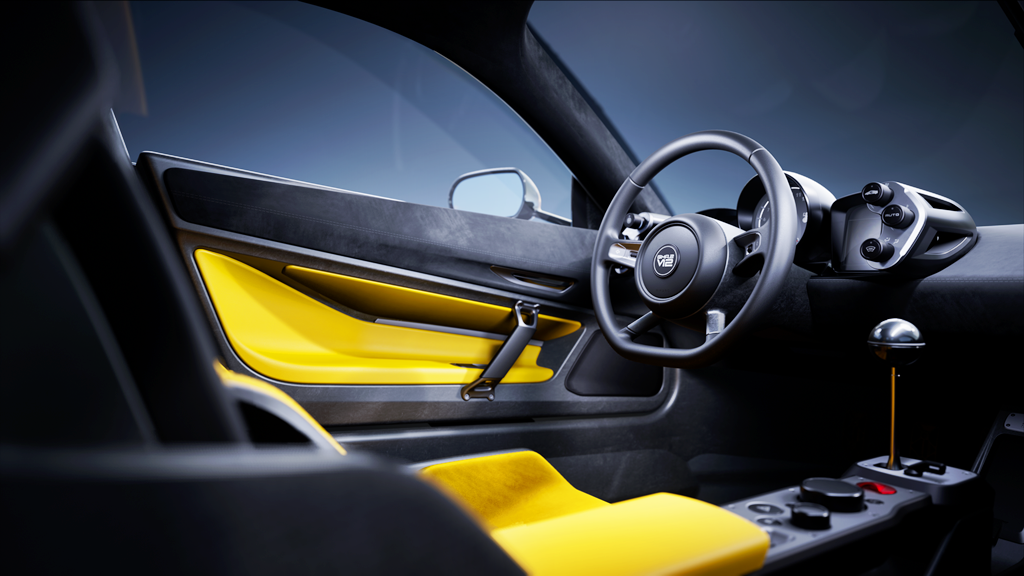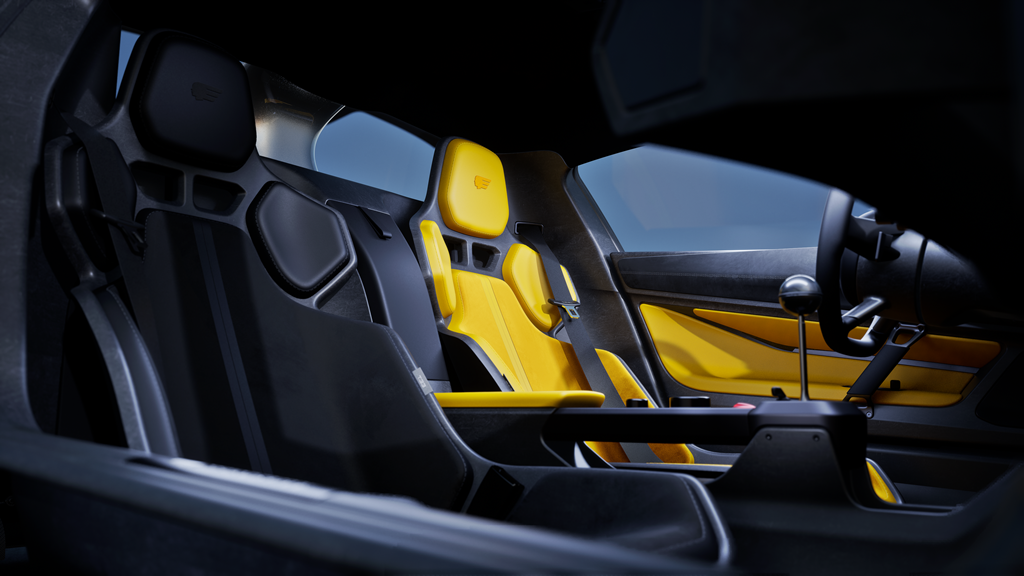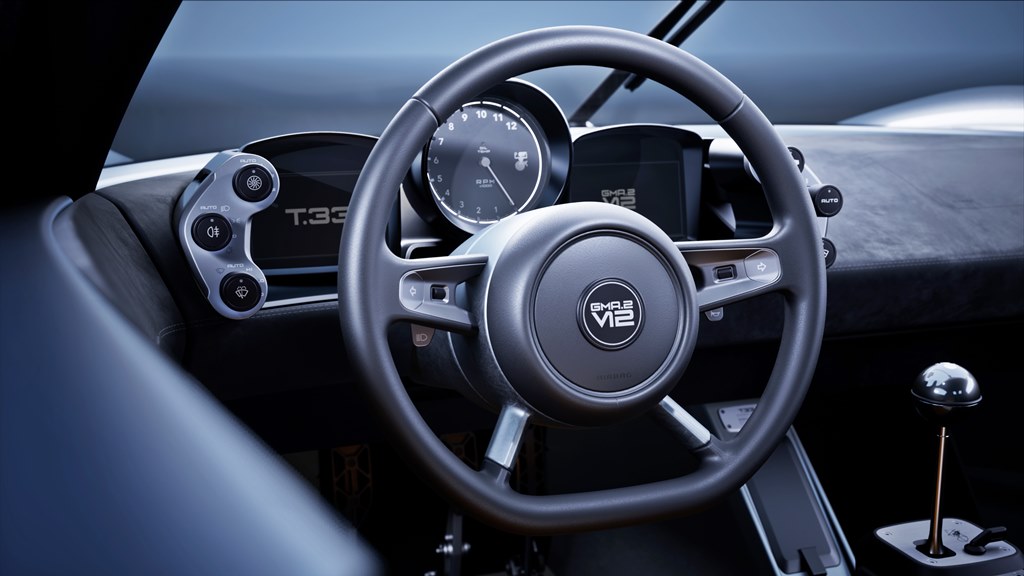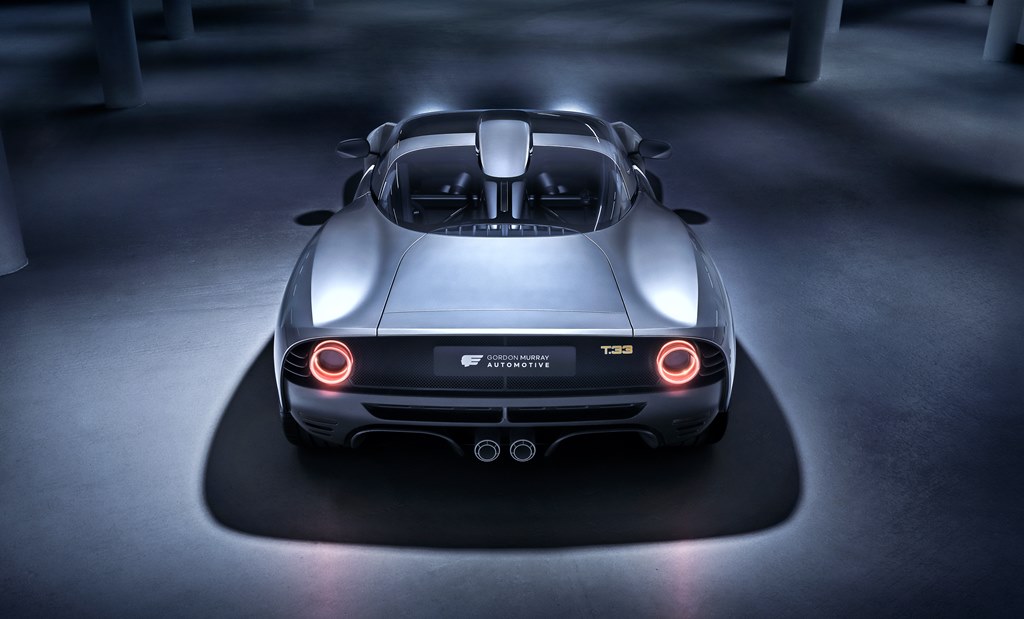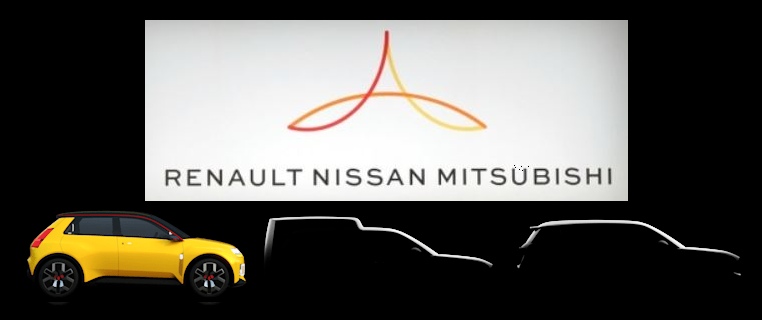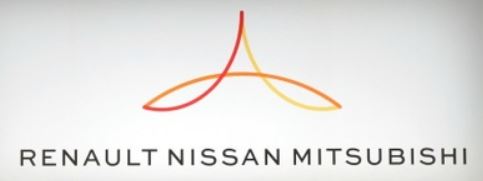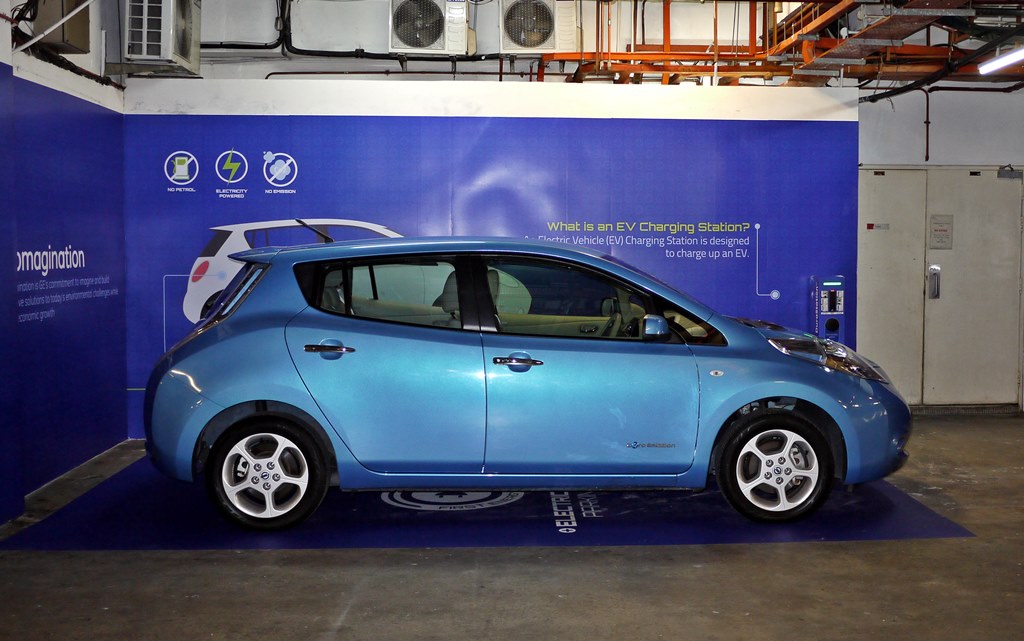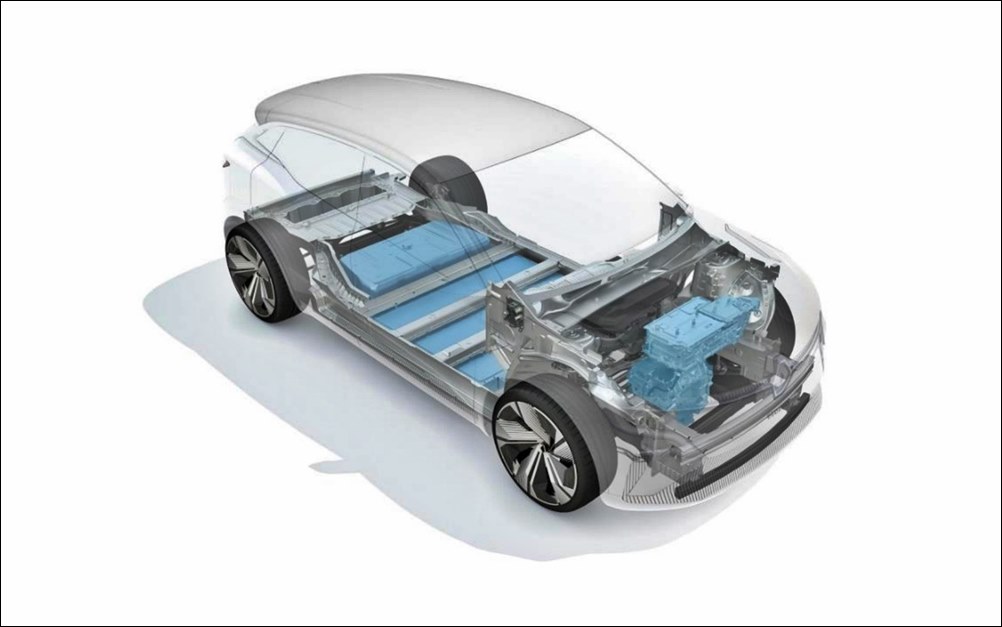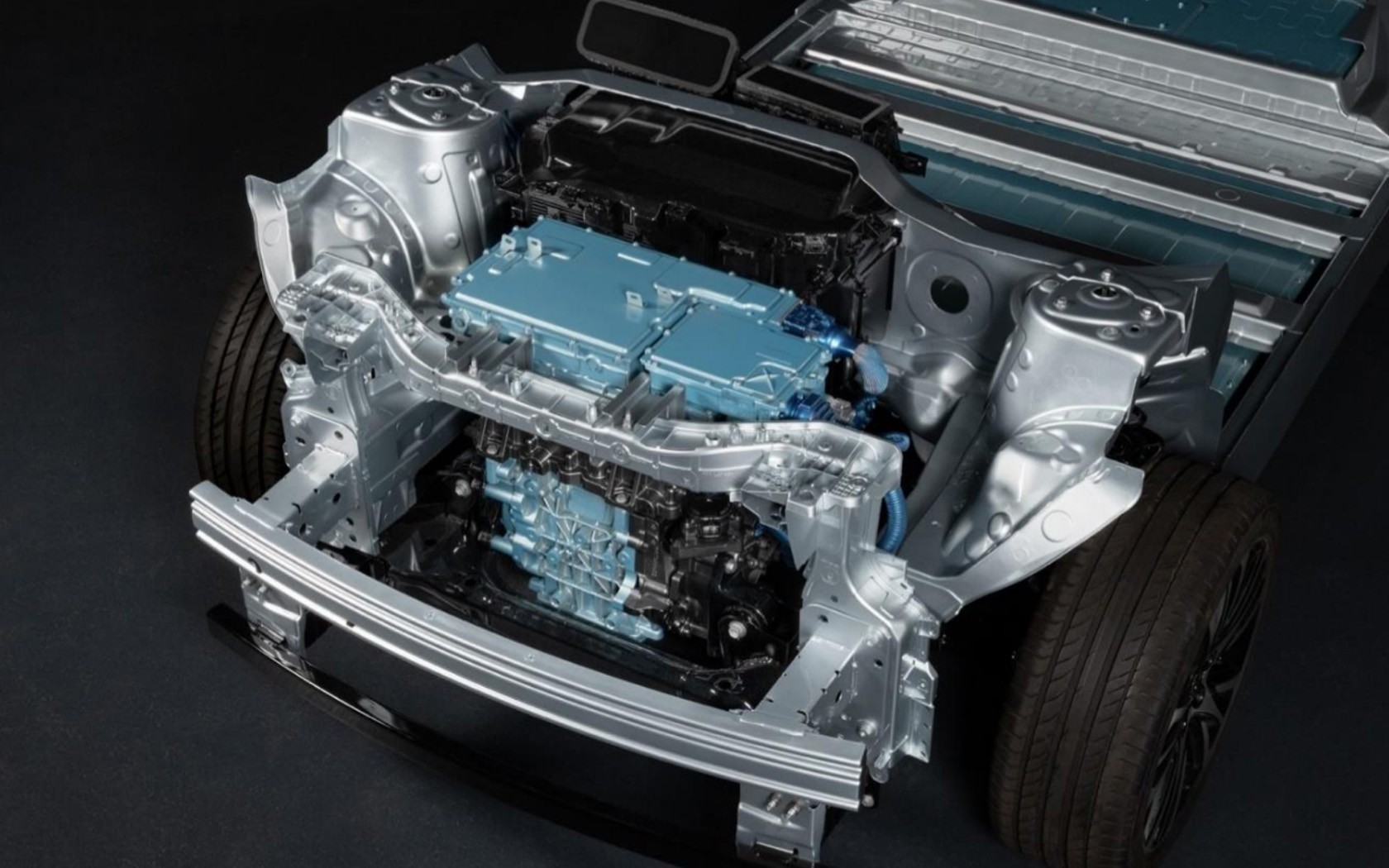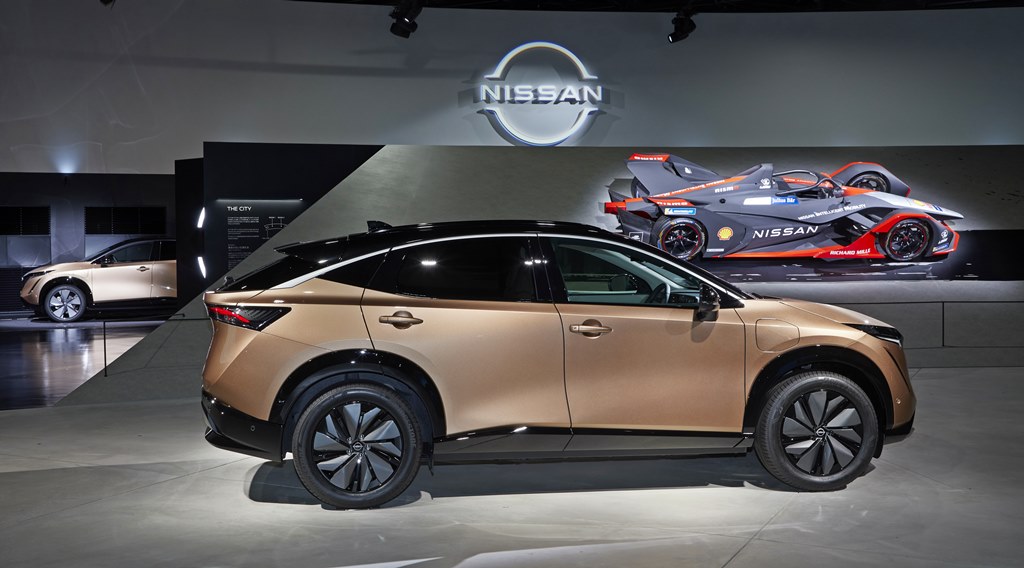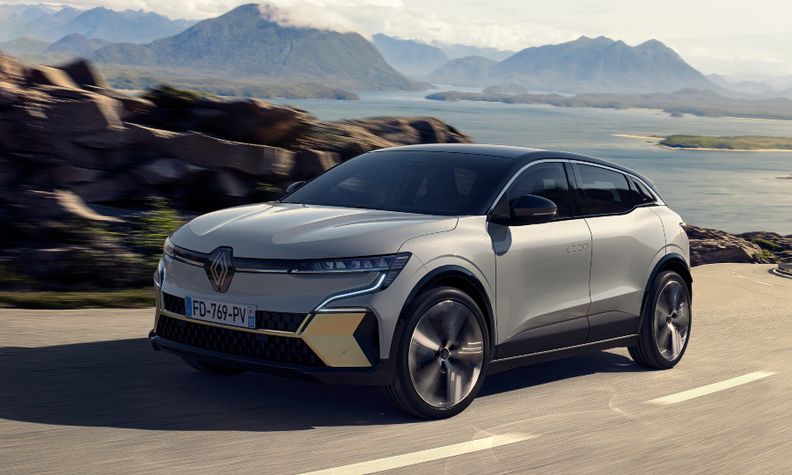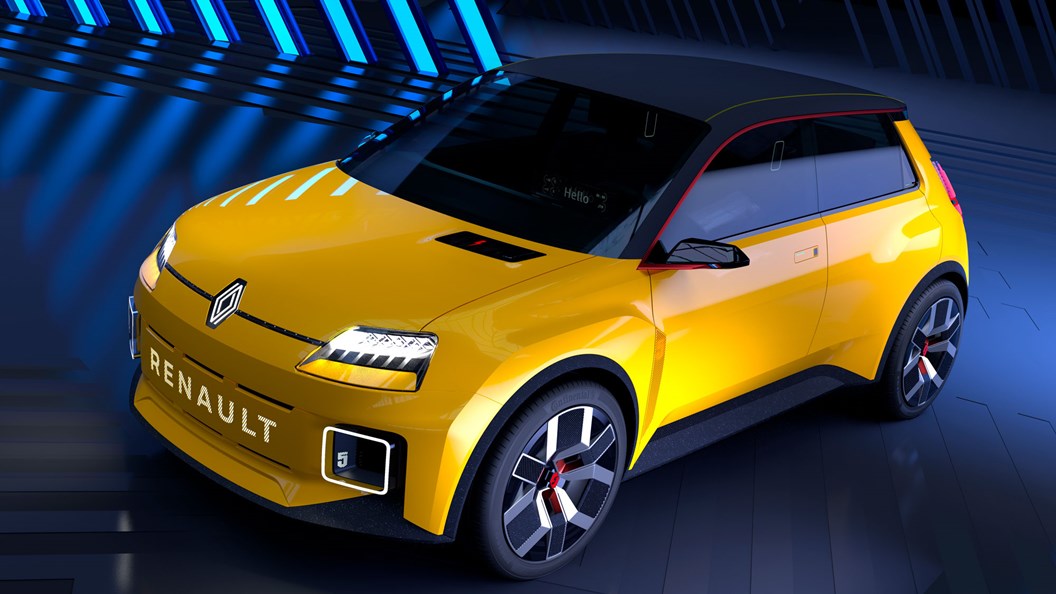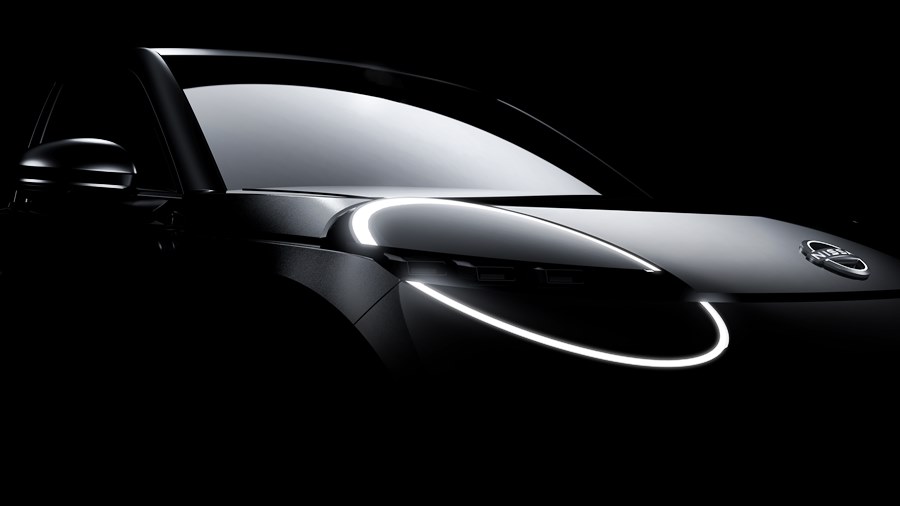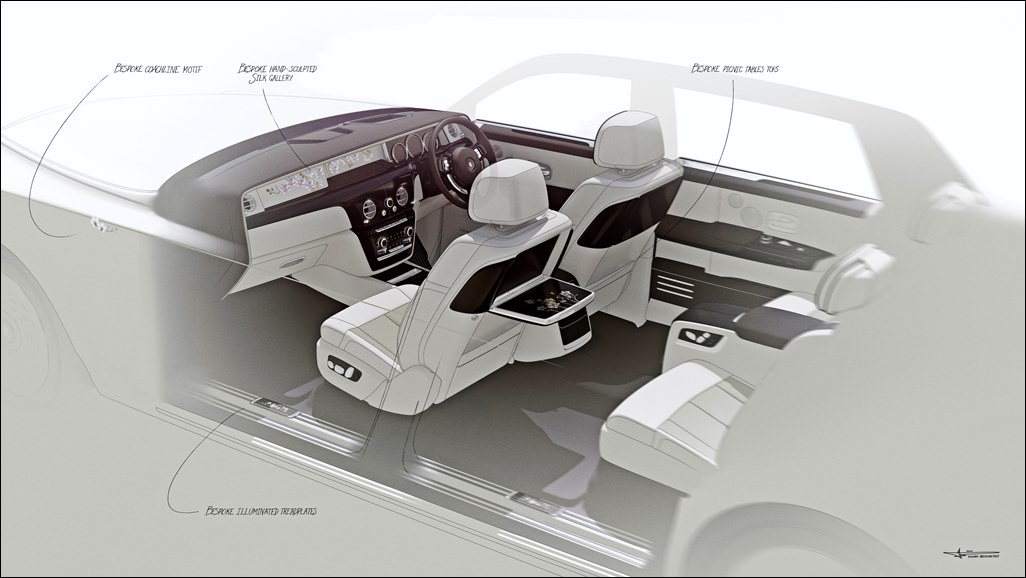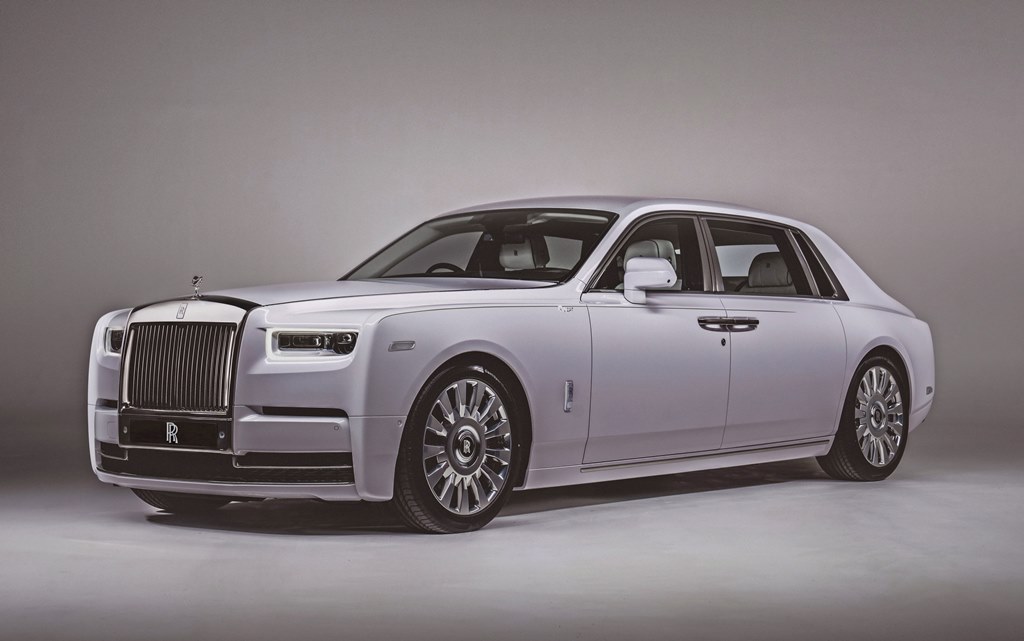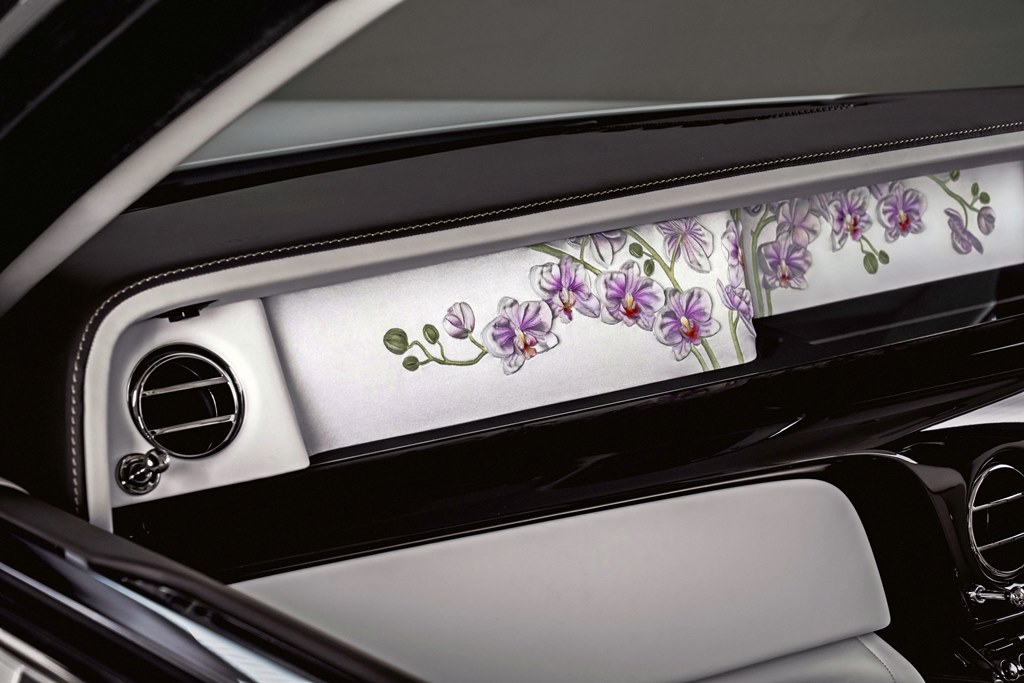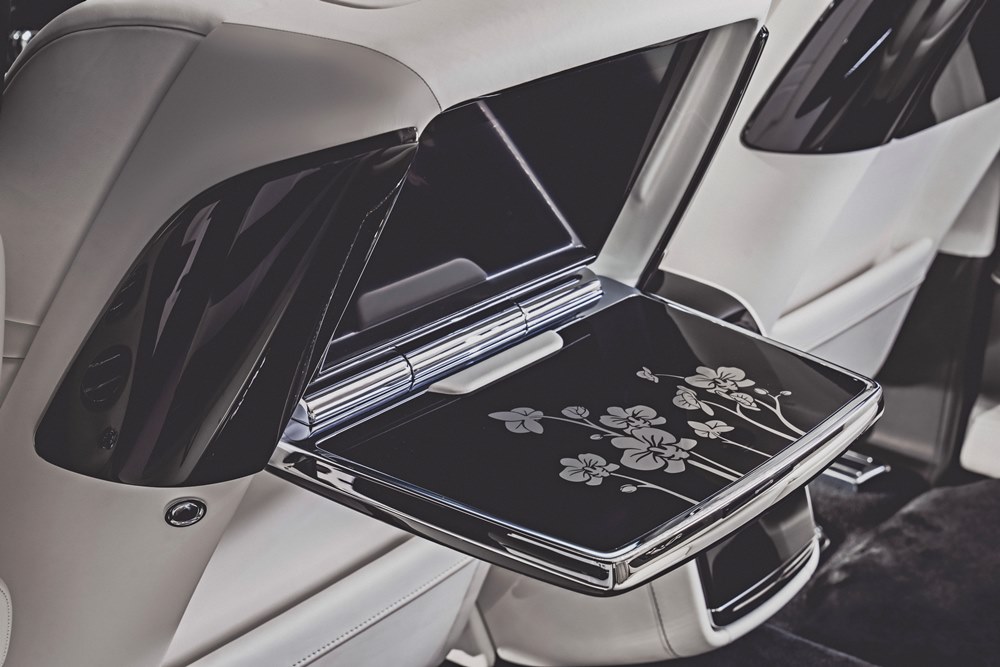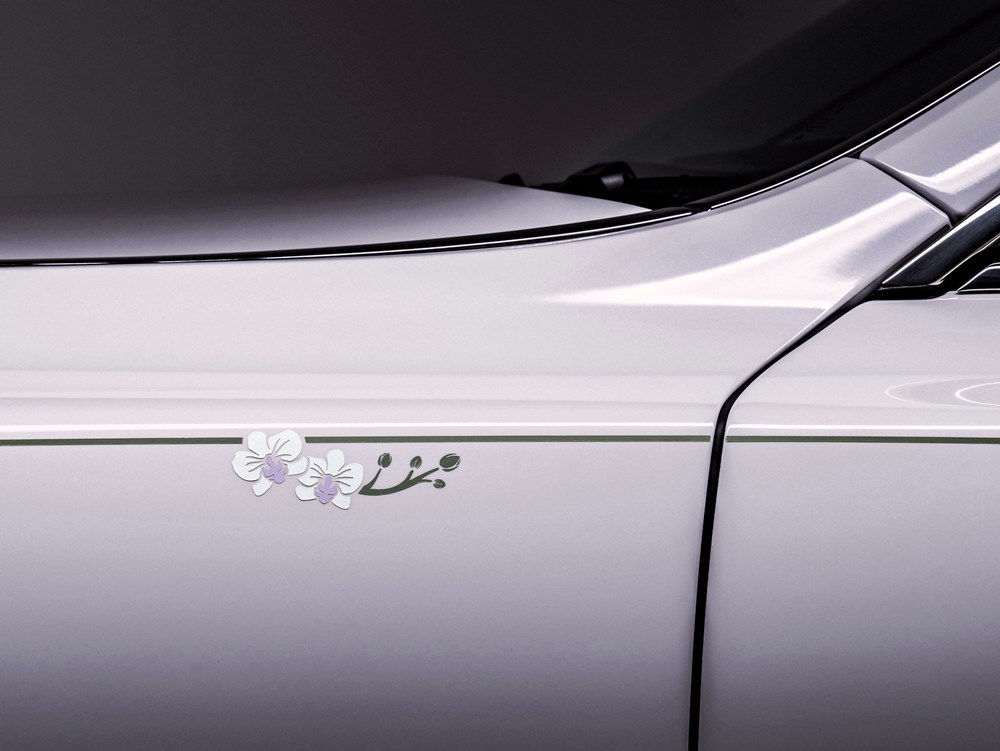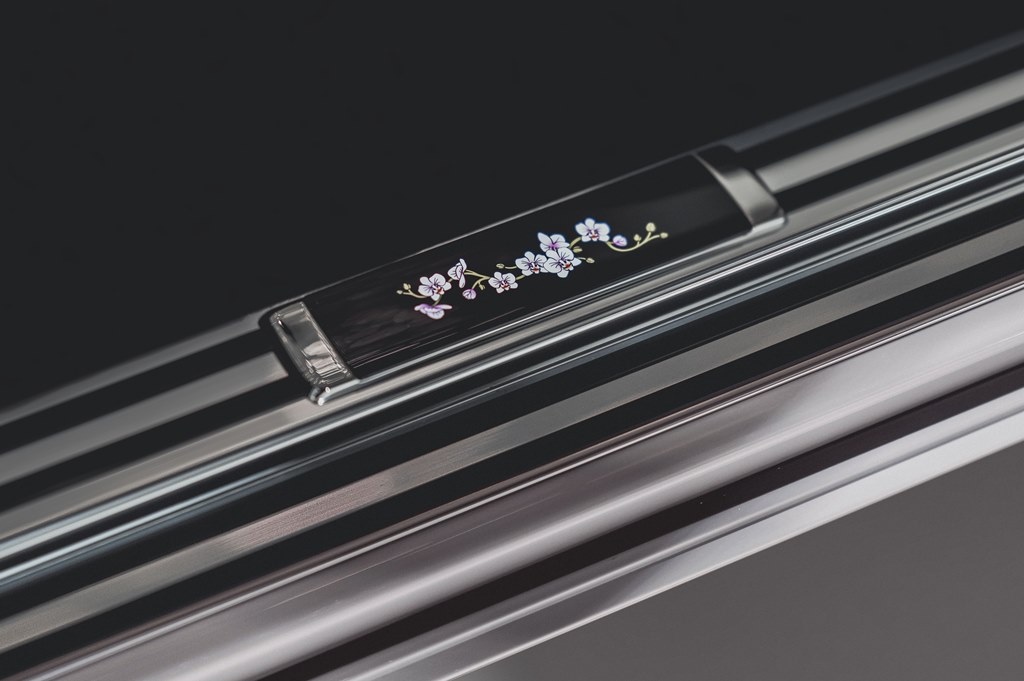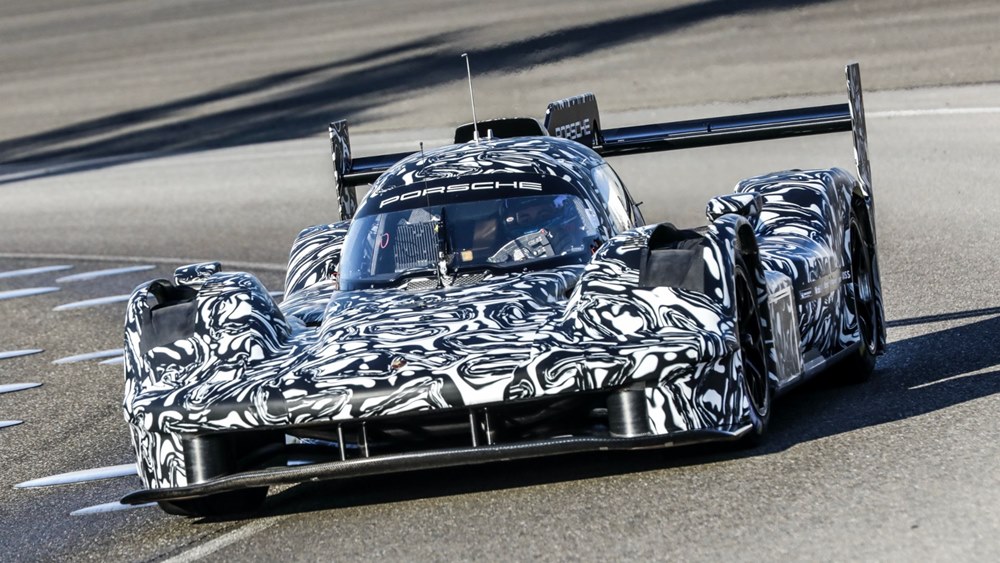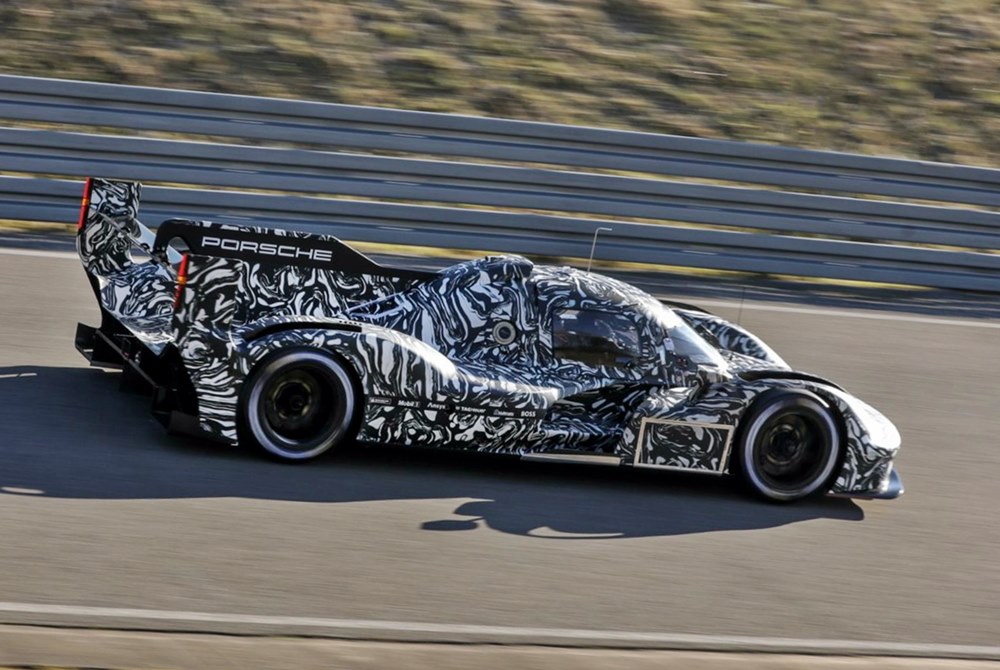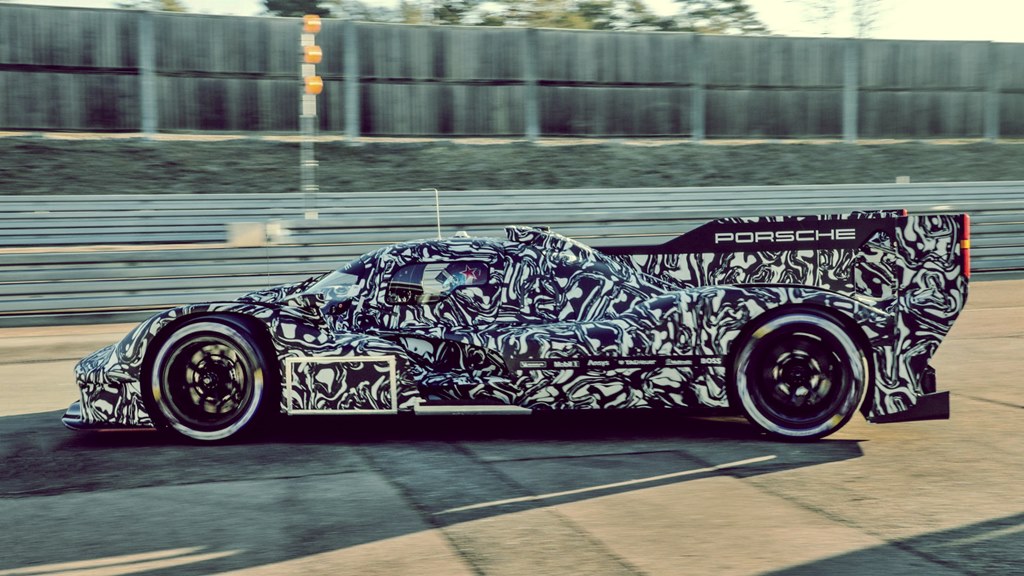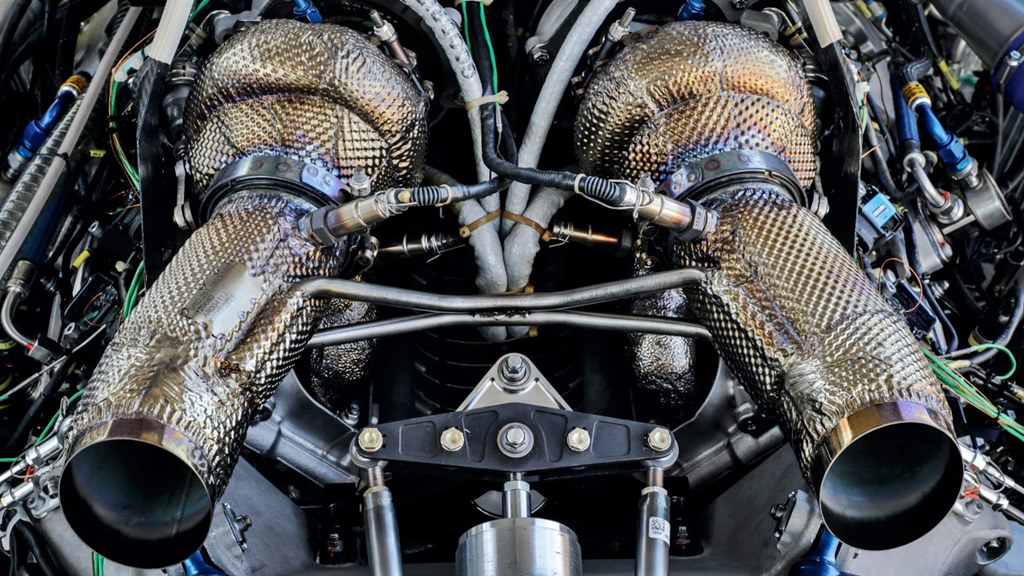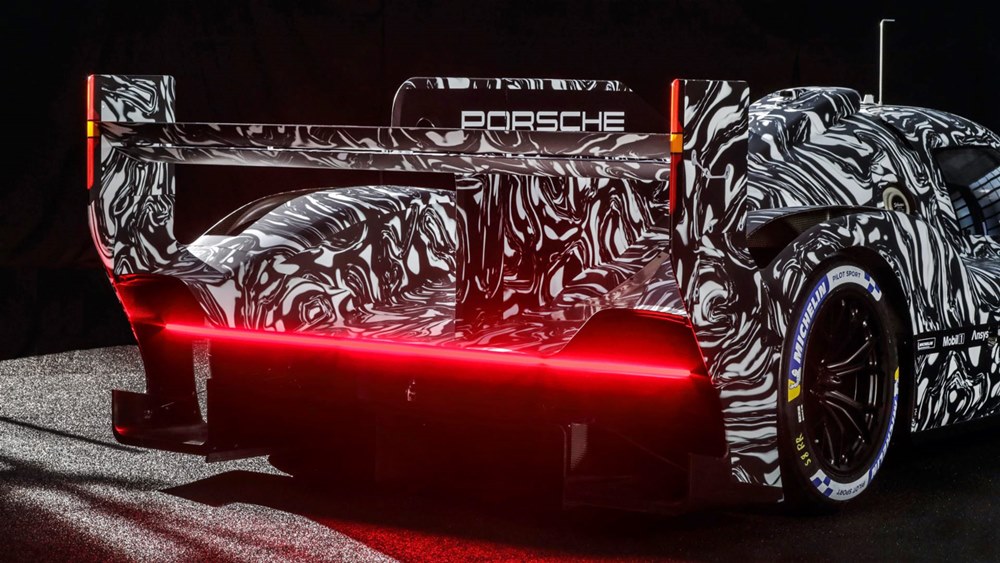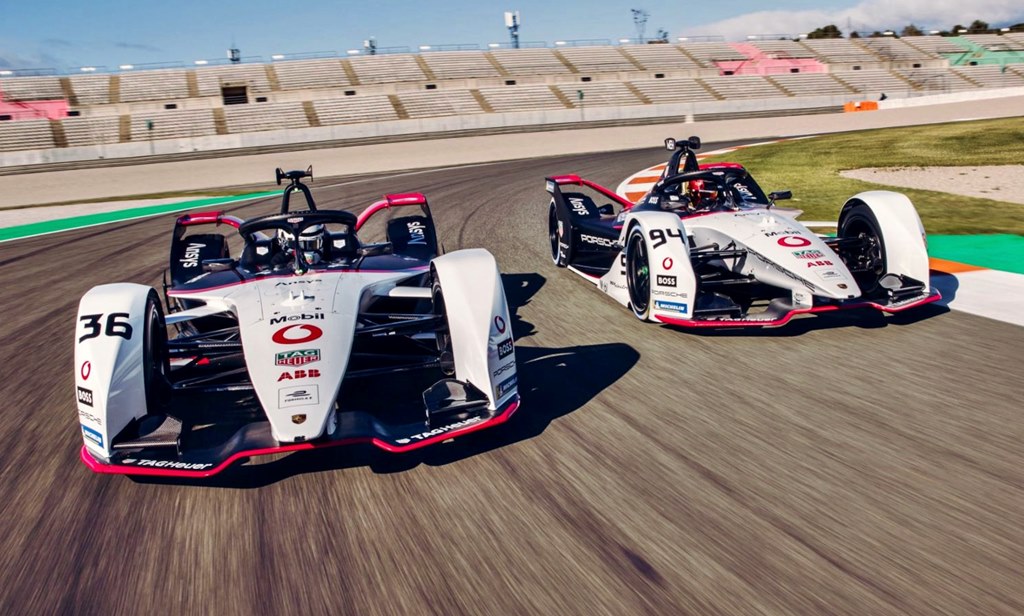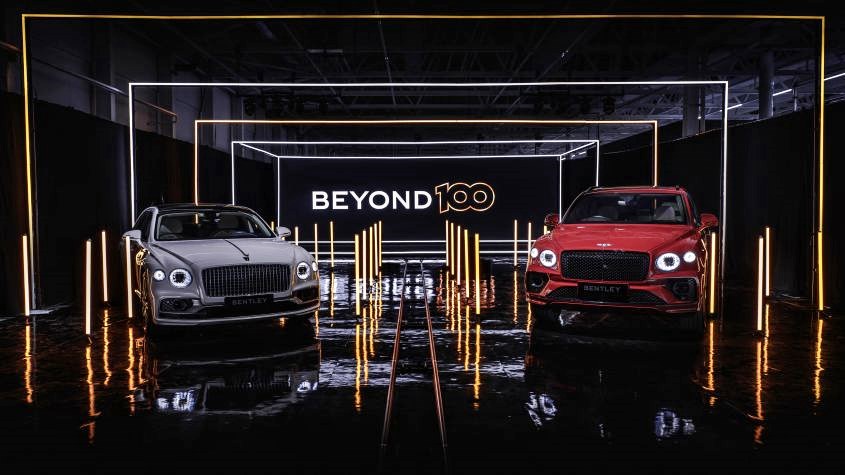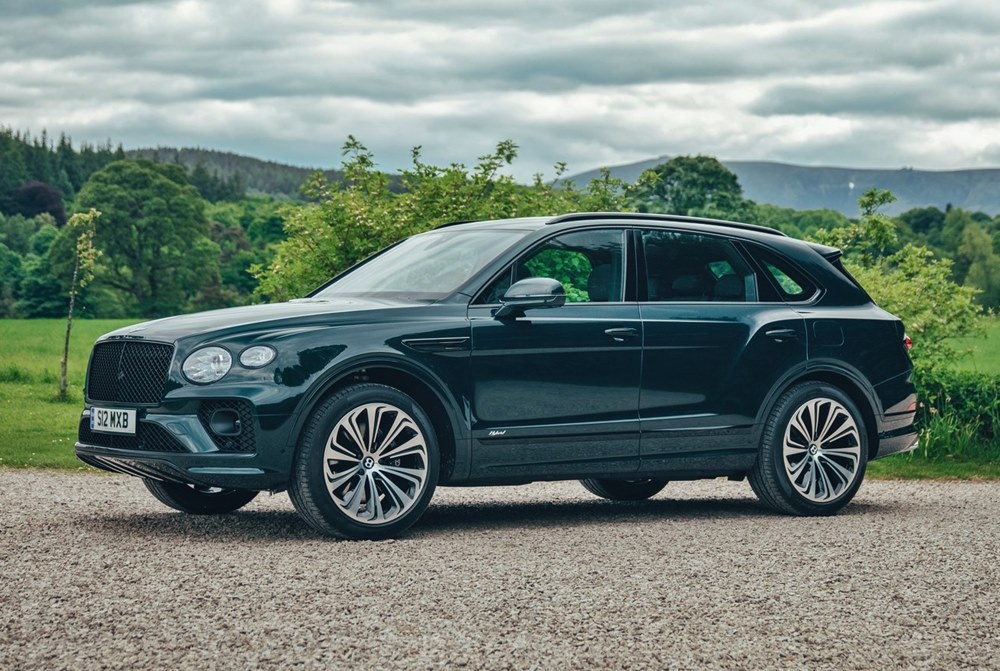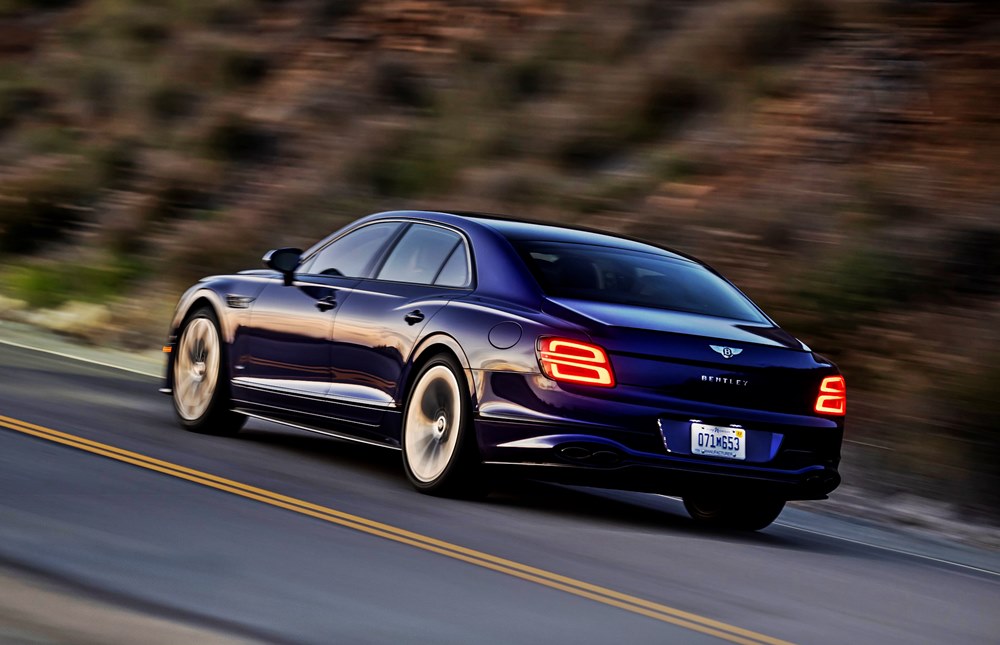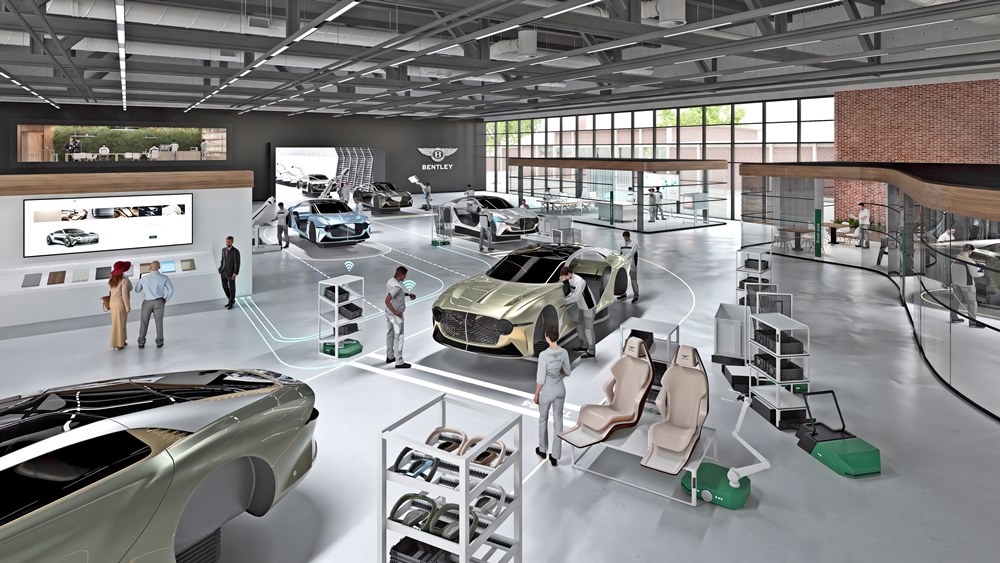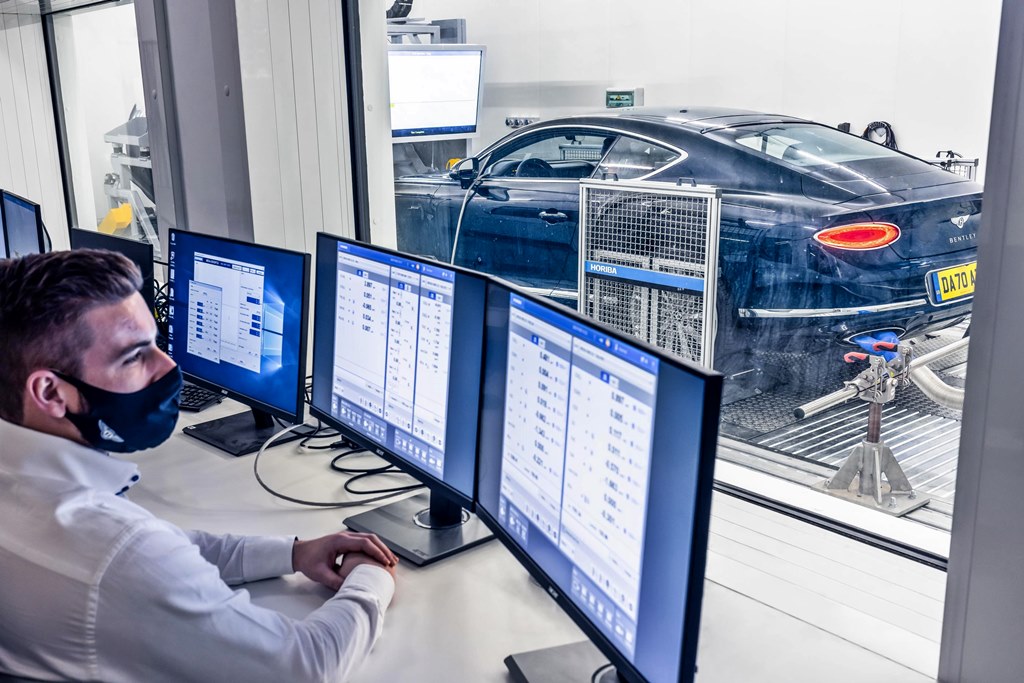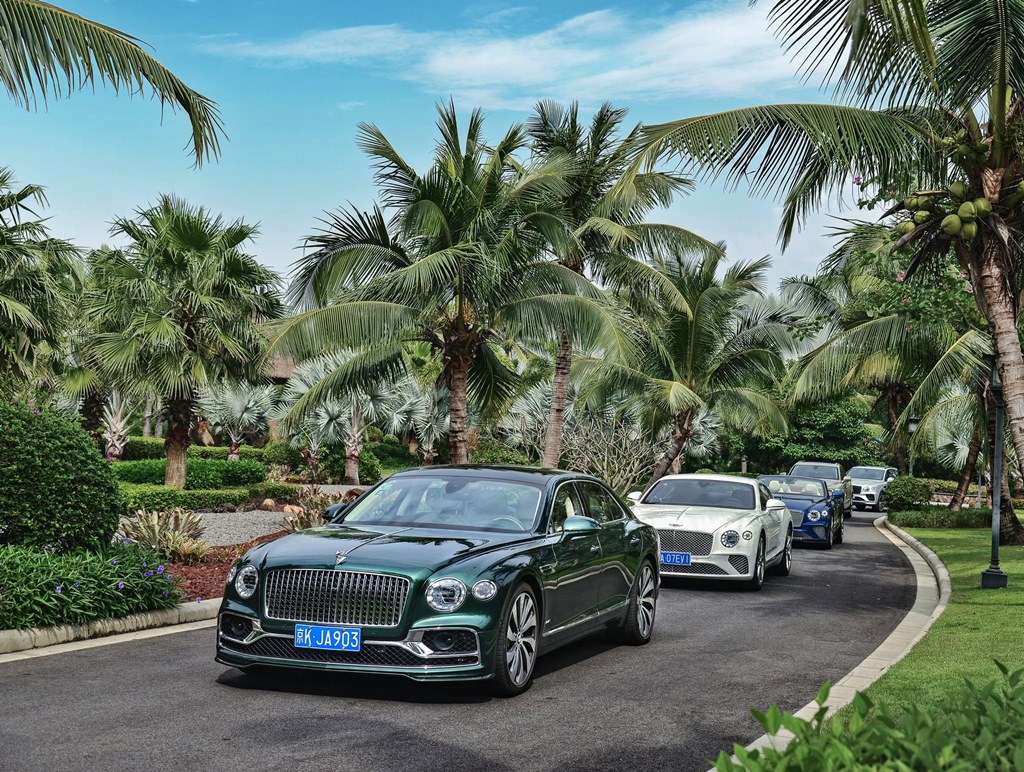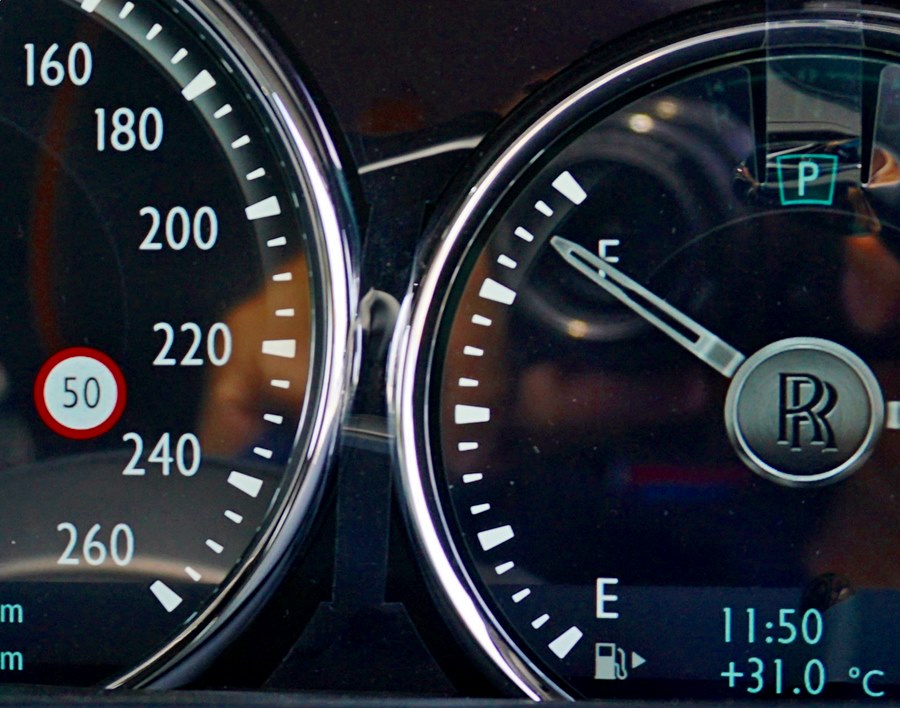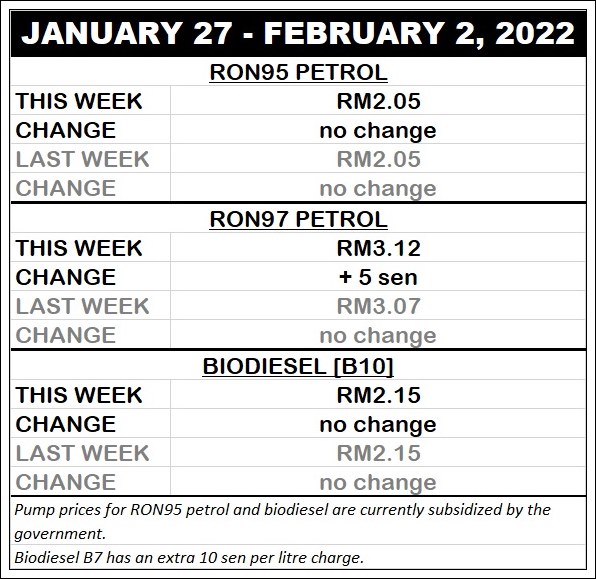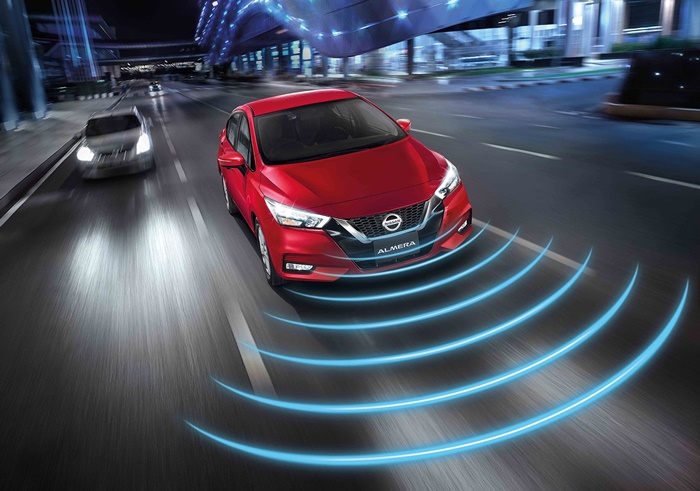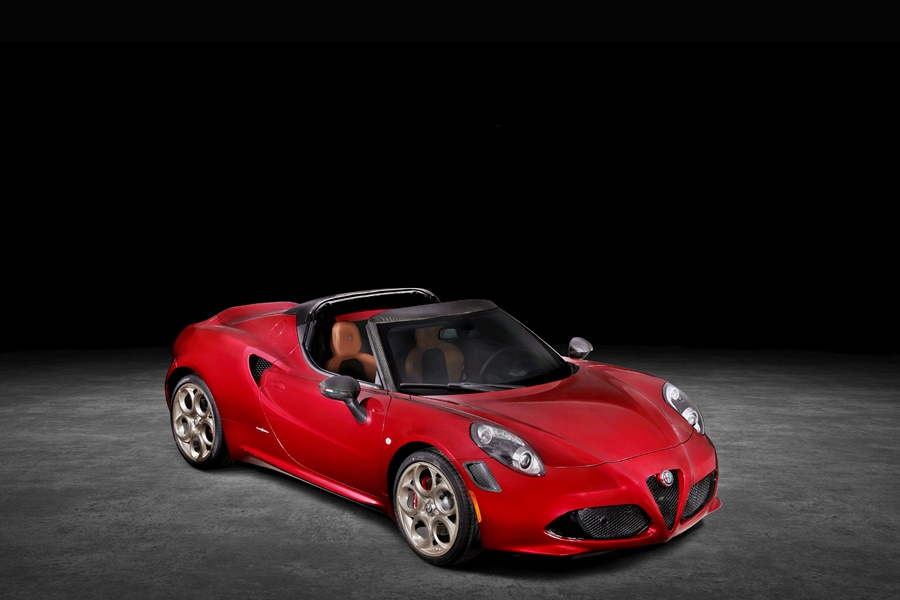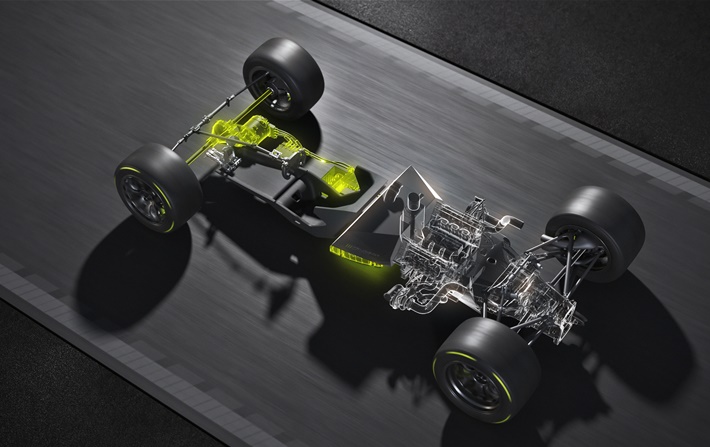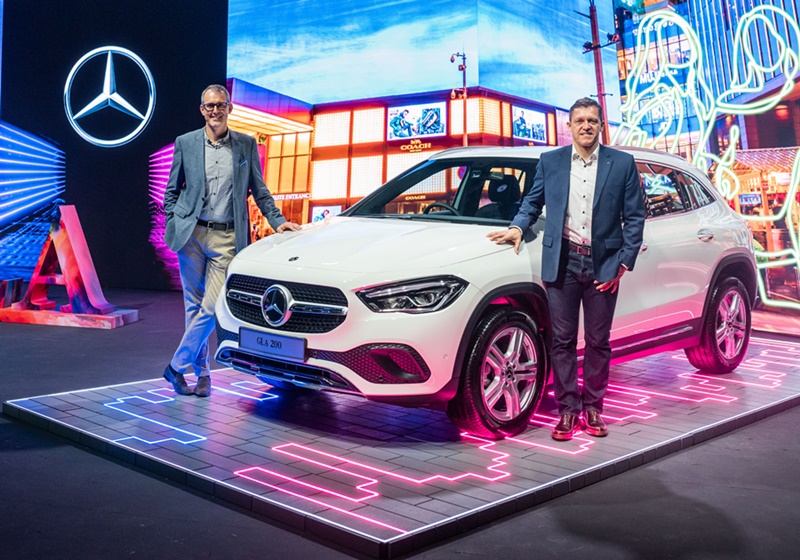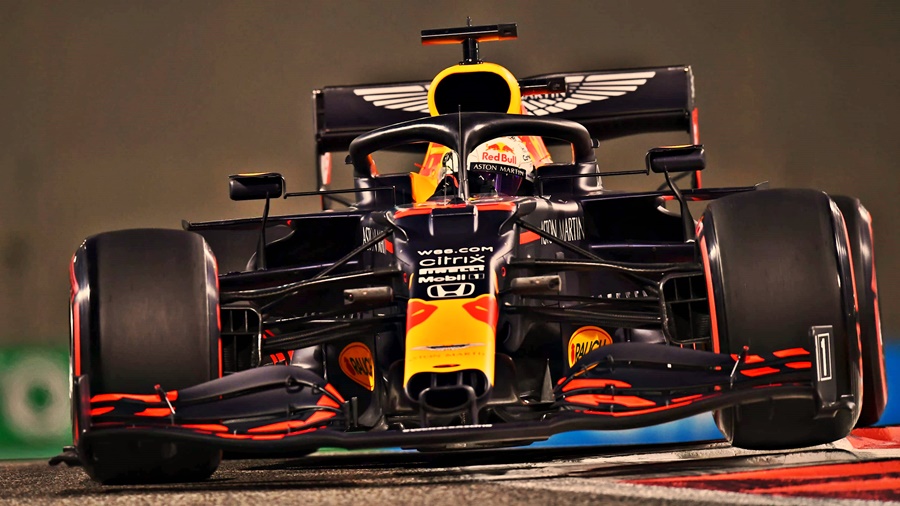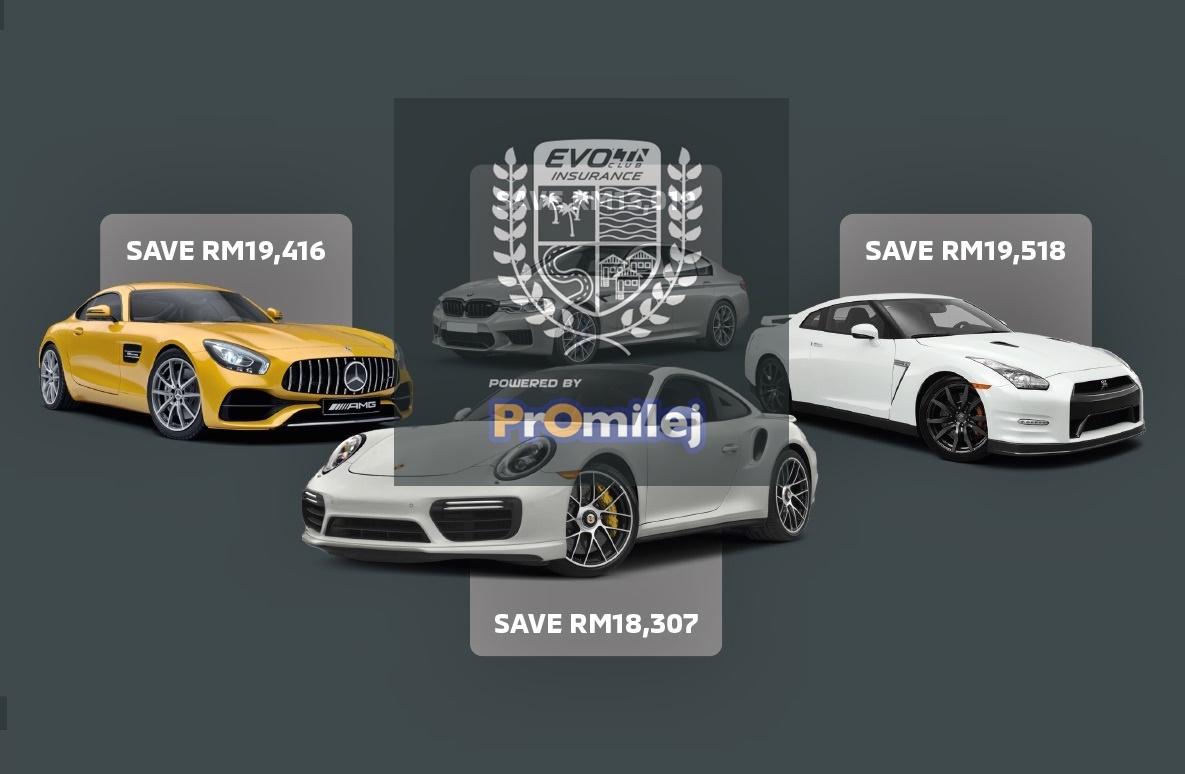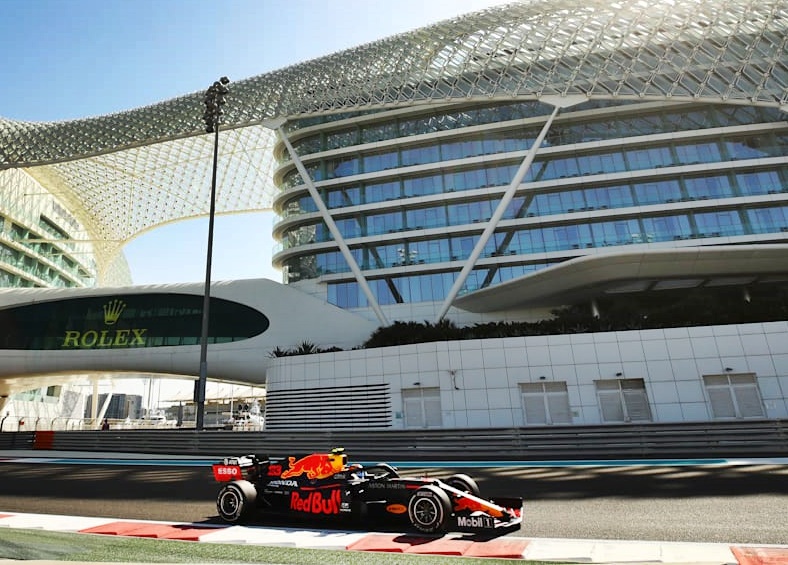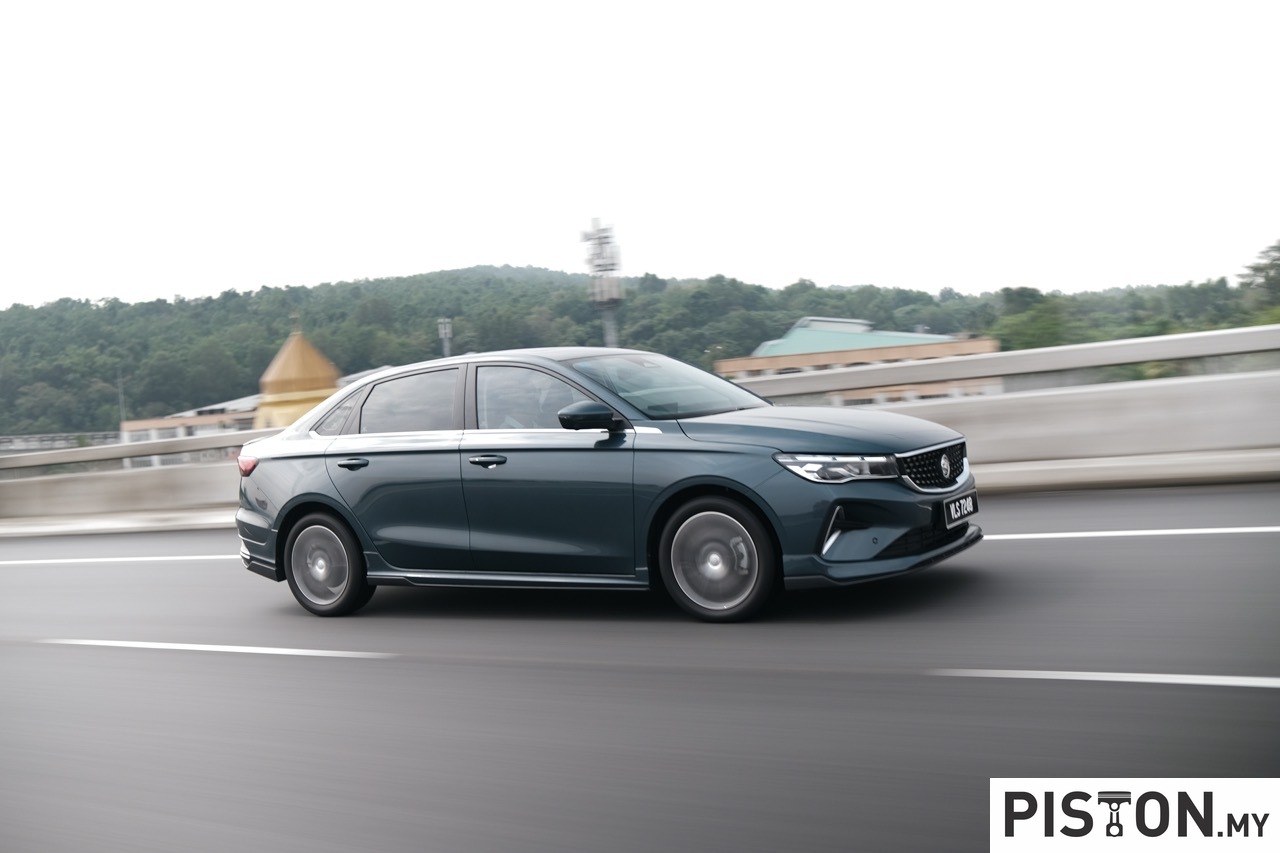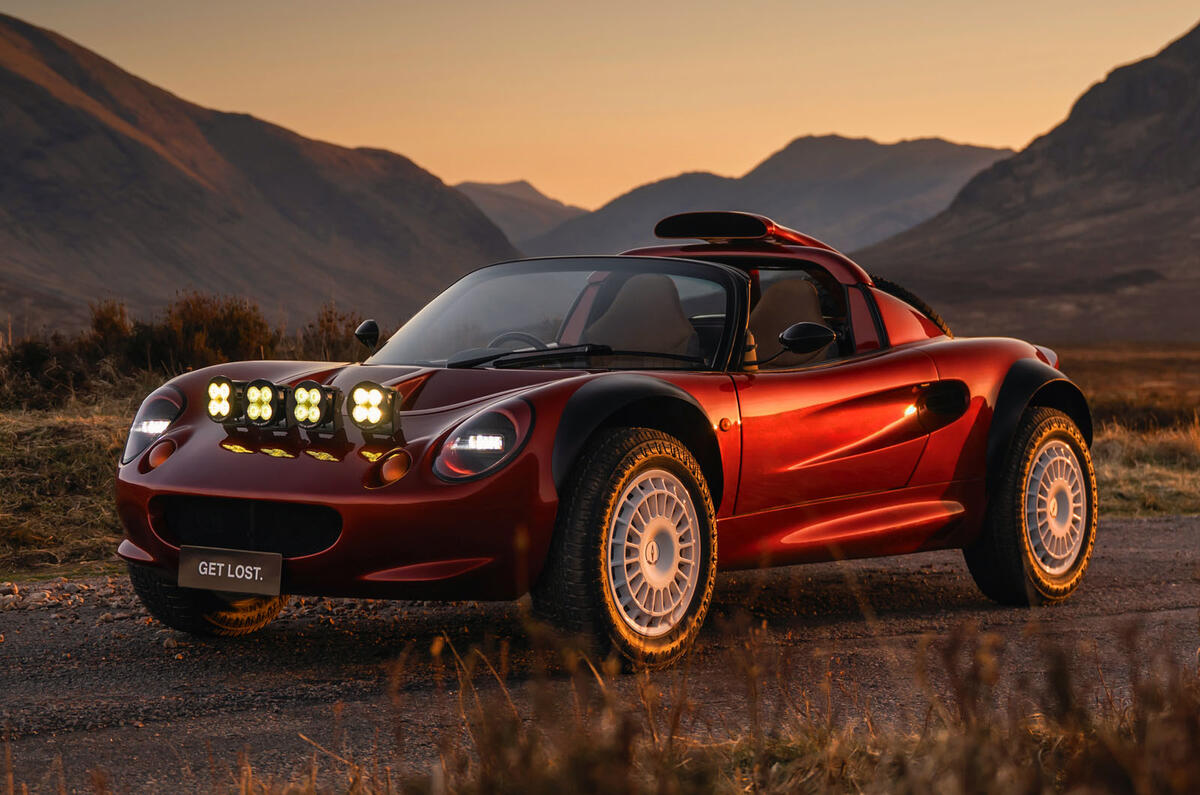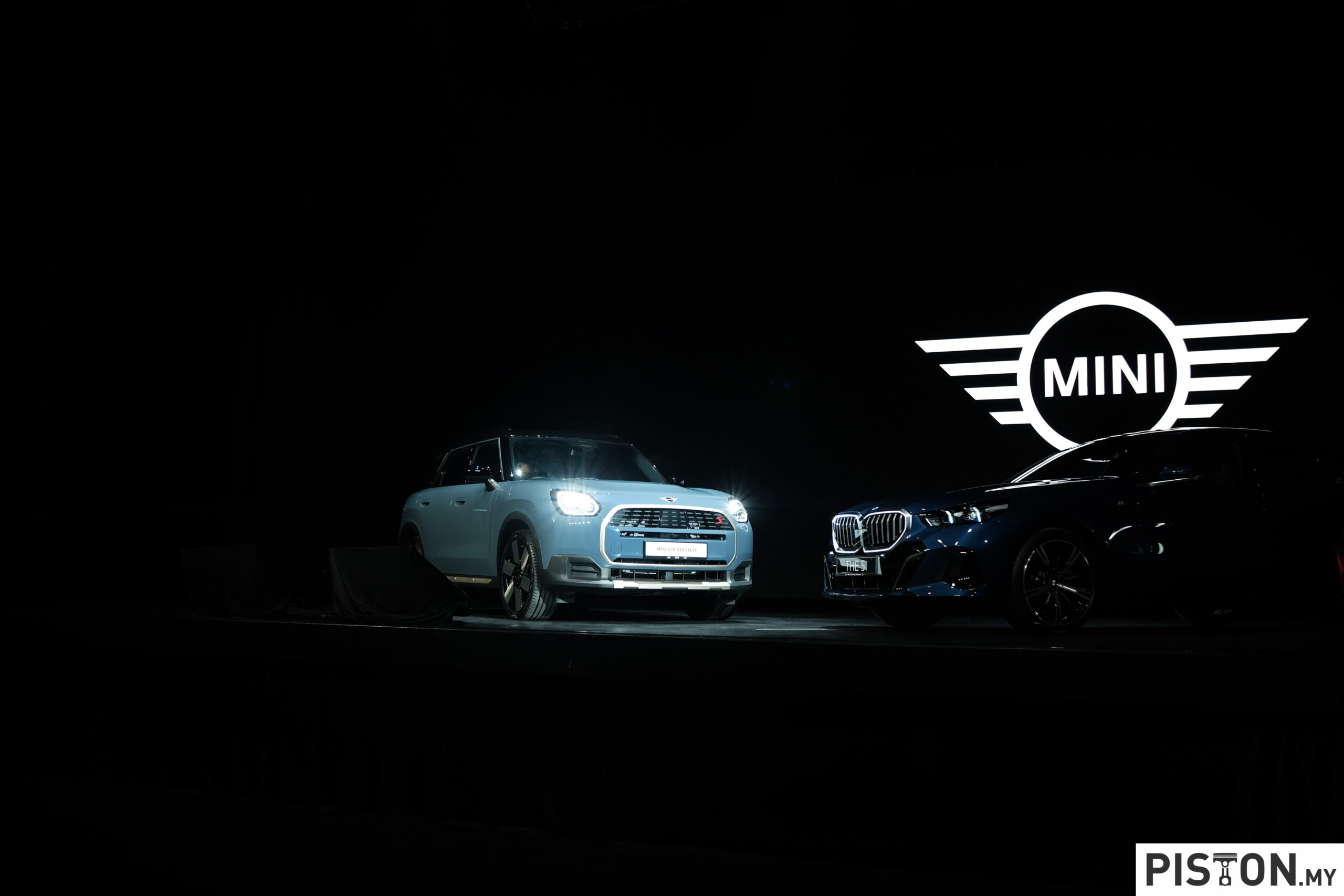Gordon Murray Automotive (GMA) has unveiled the much-awaited T.33, the second newly developed model from the company which joins the T.50 and T.50s Niki Lauda in the line-up. As with the T.50, the aim with the T.33 has been to provide a supercar with a timeless design that has similar driver focus, performance, and light weight but which is also a different sort of machine.
The T.33 has been designed by Gordon Murray and his team with strict adherence to the company’s guiding principles. It has an entirely new carbonfibre/aluminium superlight architecture with a carbonfibre bodyshell that is a perfectly proportioned and balanced form.
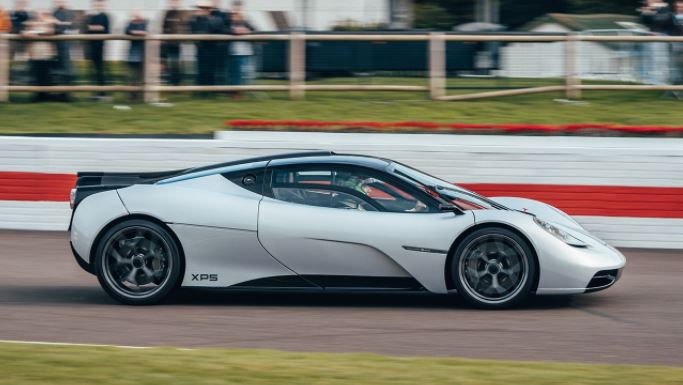
Engineering art
“The beauty of simplicity is the key to the design of every GMA model, and the new T.33 is no exception. As with the T.50 and T.50s, each component and every curve and radius is a bespoke design on the T.33 and is there because it has a function to perform. Our slavish adherence to the concept of engineering art extends far beneath the surface of the T.33’s body. Every part, no matter how small and no matter that the owner may never see it, is designed to the same exacting standards as the body,” said Professor Murray who was Technical Director for two successful F1 team (Brabham and McLaren).
When it was launched in 2020, the GMA T.50 rewrote the supercar rulebook with the most advanced and effective aerodynamics ever seen on a roadcar, enabled by its unique rear-mounted fan. Now, the equally innovative T.33 creates a new era of roadcar ground effect aerodynamics. This time there is no use of a rear fan as in the T.50. Instead, the engineers have used numerous lessons learnt with the T.50 project to create a Passive Boundary Layer Control (PBLC) system.
At the front of the car, a ground effect inlet channels air underneath the floor. A diffuser with a boundary layer removal duct activated by the base suction behind the car enables a level of aerodynamic efficiency that is 30% more effective than the conventional ground effect supercar.
The ground effect dynamics provided by the PBLC system freed the team from the need to equip the T.33 with the wings, skirts and vents that adorn most modern-day supercars. The only concession is the active rear spoiler, which deploys automatically, but can also be activated by the driver. The rear spoiler also provides a high downforce mode, increasing downforce and an aero enhanced braking function.
GMA-Cosworth V12 engine
The T.33’s GMA.2 V12 3.9-litre engine, developed with Technical Partner Cosworth, is an all-aluminium unit weighing 178 kgs. It can spin to a redline of 11,100 rpm, with peak power of 615 ps at 10,500 rpm and maximum torque of 451 Nm at 9,000rpm. 75% of the available torque is generated at 2,500rpm and from 4,500 rpm to 10,500 rpm, the driver has 90% of maximum torque.
While GMA and Cosworth chose to retain the V12 cylinder heads, albeit in modified form, completely new camshafts, variable valve timing, and engine mapping have been introduced to ensure perfection in response and power delivery. Along with a new ram induction intake system, a new exhaust system has been developed which delivers a signature sound. The engine mountings, water cooling, and oil cooling systems are also entirely new and were developed specifically for the T.33’s engine.
To efficiently deliver all that power to the wheels, Xtrac created a totally bespoke 6-speed transmission. Customers will be able to order either a manual gearchange or an Instantaneous Gearchange System (IGS) paddle shift actuation. The transmission is combined with a low inertia clutch and a Limited-Slip Differential (LSD).
“Nothing was taken for granted, and no part was automatically carried over without due diligence and consideration. Numerous systems and components were re-engineered and re-designed to pursue excellence, and we are 100% confident that the GMA.2 V12 provides the perfect match for the T.33’s driving characteristics,” Professor Murray said.
The extremely light supercar is fitted with an entirely new suspension package. Lightweight double wishbones are deployed front and rear in conjunction with coil springs over aluminium alloy dampers. The front suspension configuration features an anti-roll bar and aluminium alloy uprights. At the rear of the chassis, aluminium alloy uprights and toe control links are deployed, along with an Inclined Axis Shear Mounting (IASM) system. The IASM system has the rear suspension mounted directly to the transmission casing with the torsional loads supported by the chassis and the entire powertrain mounted on anti-vibration bushes.
Purely functional interior
To enter the cabin of many modern-day supercars is to enter a world of large touchscreens and endless sub-menus that cause confusion and distraction. No touchscreens are found within the simple 2-person cabin of the T.33. As with the exterior, nothing is included unless it serves a purpose and if there was a danger it would dilute the driving experience, then it was simply deleted from the development programme. The car is even devoid of column stalks; instead, the indicators are operated by thumb-buttons on the carbonfibre steering wheel’s horizontal spokes.
The T.33 is intended for sale globally so regulations for virtually every country, including the USA, will be considered so it can be homologated worldwide. Customers can choose between right-hand or left-hand drive and then personalise the car. However, only 100 people will be able to buy one which will have an estimated price of £1.37 million (around RM7.7 million) ex-factory.




